Journal data
- ISSN: 2224-235X
- E-ISSN: 2304-2265
- Format: electronic / Open Access
- Frequency: semi-annual publication / early published
- Peer review system: double anonymized review
- Charges: no
Manuscripts that have been published remain accurate, current, unaltered to the extent possible in the journal. However, there are exceptional circumstances in which a work must be corrected, retracted or even deleted. These actions will be carried out after a careful estimate by the editorial team, according to the standards suggested by the Editorial Committee.
For such cases, rectification procedures are presented according to the type, seriousness and effects of the inaccuracy detected, such as a correction or errata notice, a retraction or the elimination of the article. The objective of this procedure is to show the changes in a transparent way, guaranteeing the integrity of the academic record.
Errata Policy
An errata notice is issued when necessary to correct an omission or error made by the journal after publication that may have consequences for the journal's record or the reputation of the authors, without affecting the academic integrity of the manuscripts. Errors are accompanied by a separate notice, providing clear details of the error and any changes made. These are the following:
Correction policies
A correction notice is generated in cases where it is pertinent to correct an error or omission made by the authors that may have consequences for the publication's record or the authors' reputation, without affecting the academic integrity of the manuscripts. Corrections are accompanied by a separate notice, providing clear details of the error and the modifications that have been made. In these cases, they are:
Retraction polices
A retraction notice is issued in the event that a material error invalidates the conclusions of the article, or in the event of misconduct in publication or when there has been misconduct in research. Authors request retraction of their manuscripts when their reasons meet the criteria for retraction. Retraction is applicable in:
In the event that the decision to retract a manuscript has been chosen:
The retraction statement is paginated and DOI is placed.
Deletion of article
A manuscript is deleted in exceptional cases where the issues are serious and cannot be addressed through a notice of retraction or correction. This circumstance happens in:
If a manuscript is deleted, the metadata (authorships and title) are kept and the text is replaced by a document indicating that the manuscript has been deleted for legal reasons.

 |
2.png) |
 |
 |
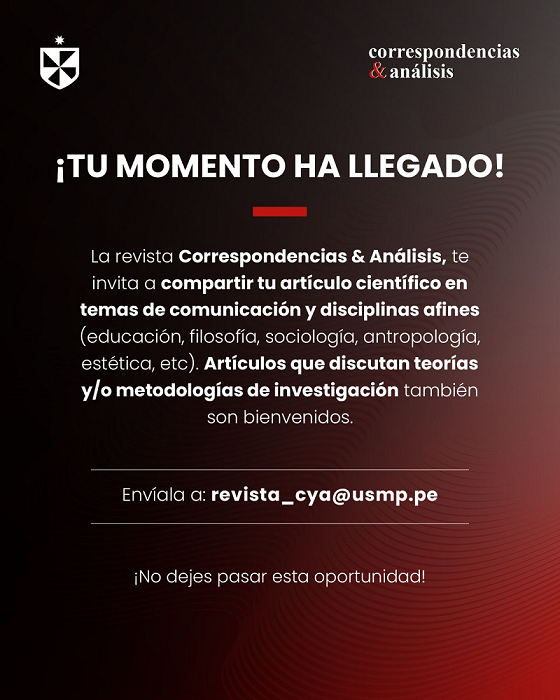
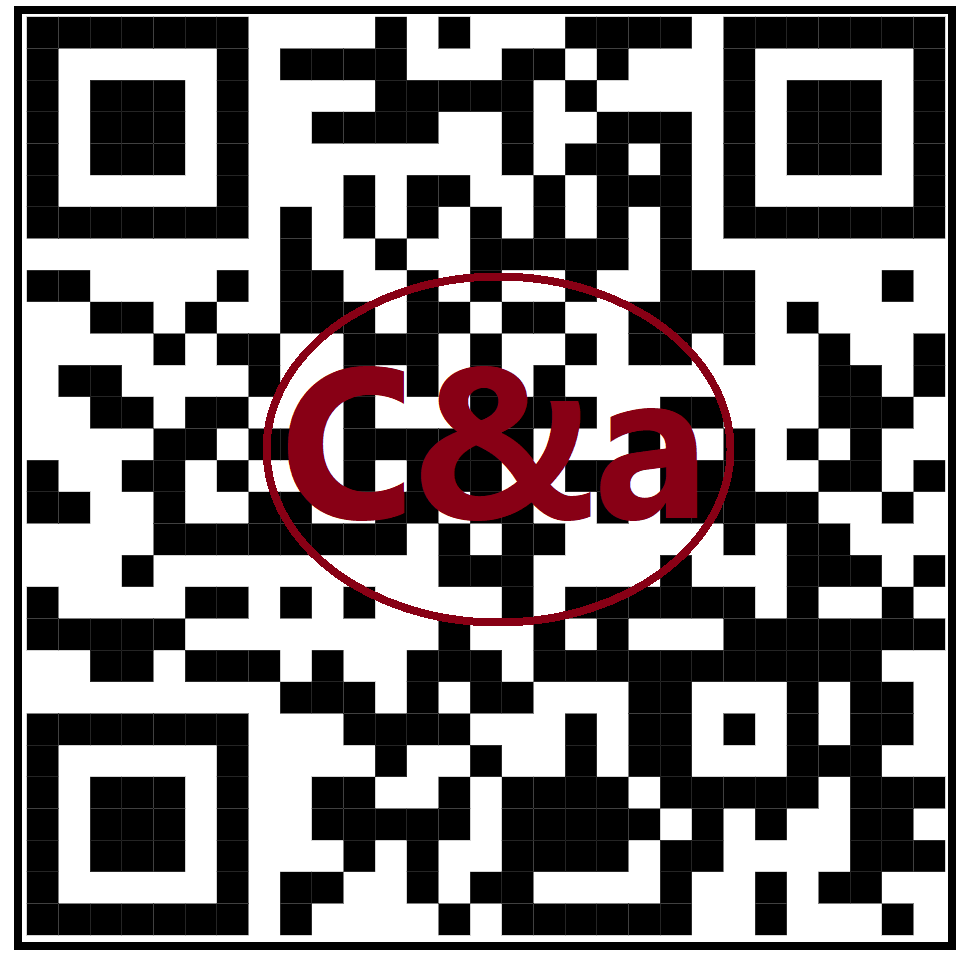
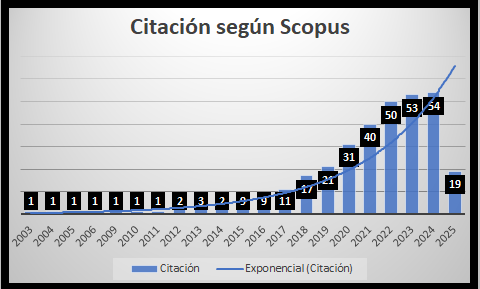
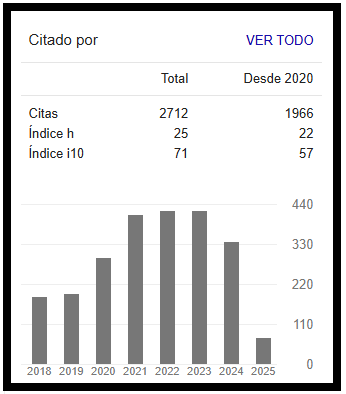
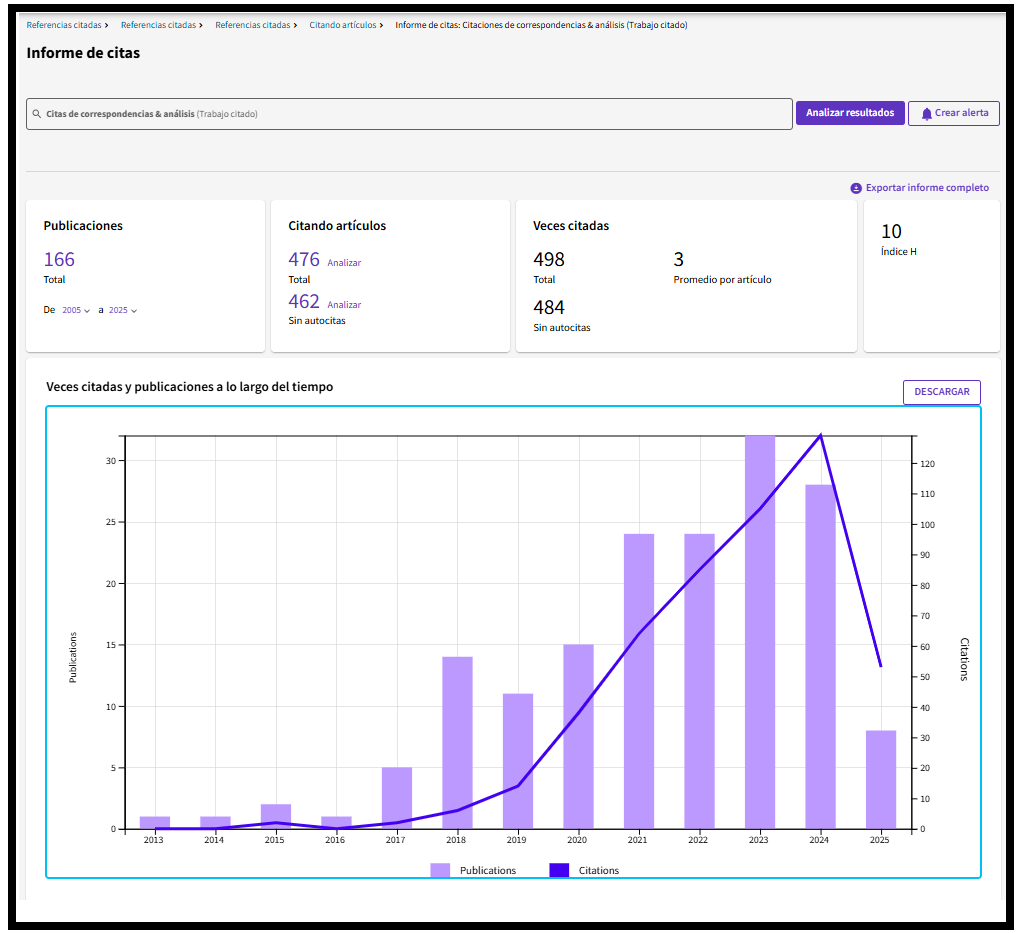
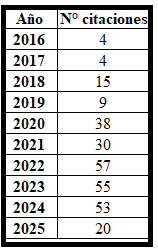
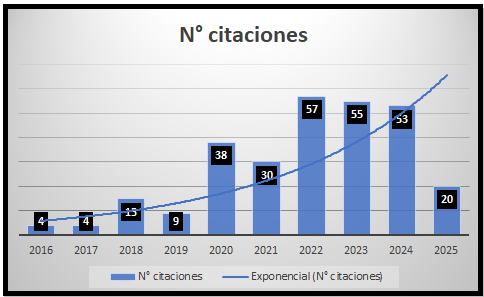
 Licencia Creative Commons Atribution 4.0 International (CC BY 4.0)
Licencia Creative Commons Atribution 4.0 International (CC BY 4.0)
Address: Av. Tomás Marsano Nº 242, Surquillo. Lima - Perú
Phone: (51-1) 513-6320 - Extension: 2190
E-mail: revista_cya@usmp.pe
Web: https://ojs.correspondenciasyanalisis.com/index.php/Journalcya
DOI: https://doi.org/10.24265/cian
ISSN: 2224-235X (Print)
2304-2265 (Online) 
